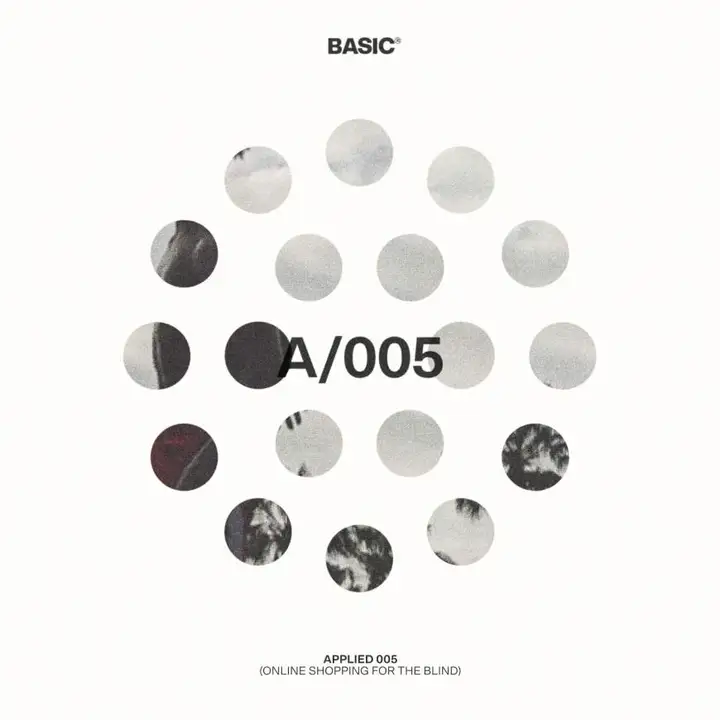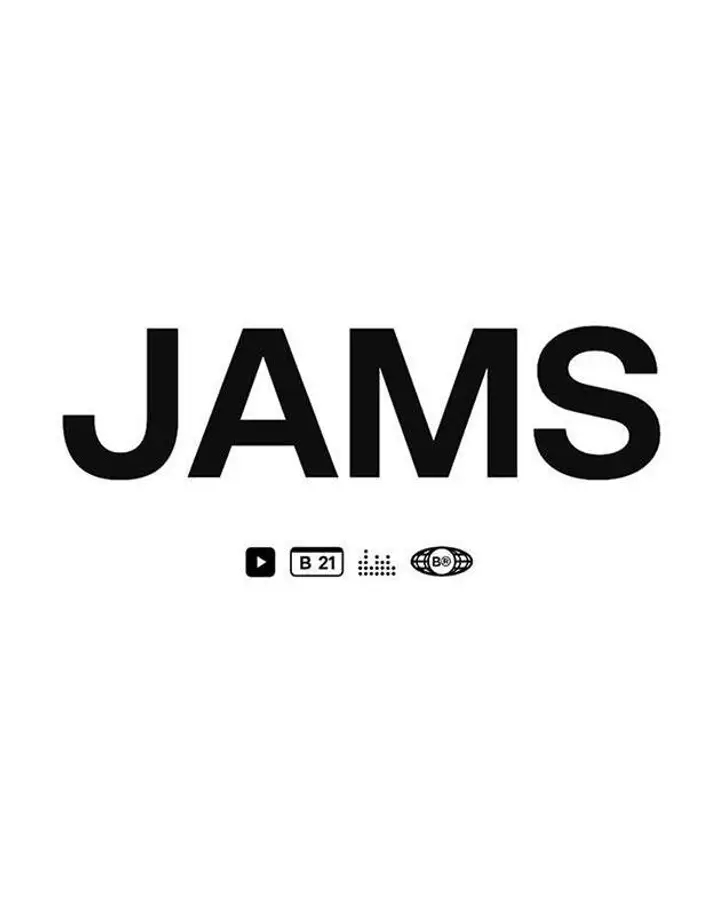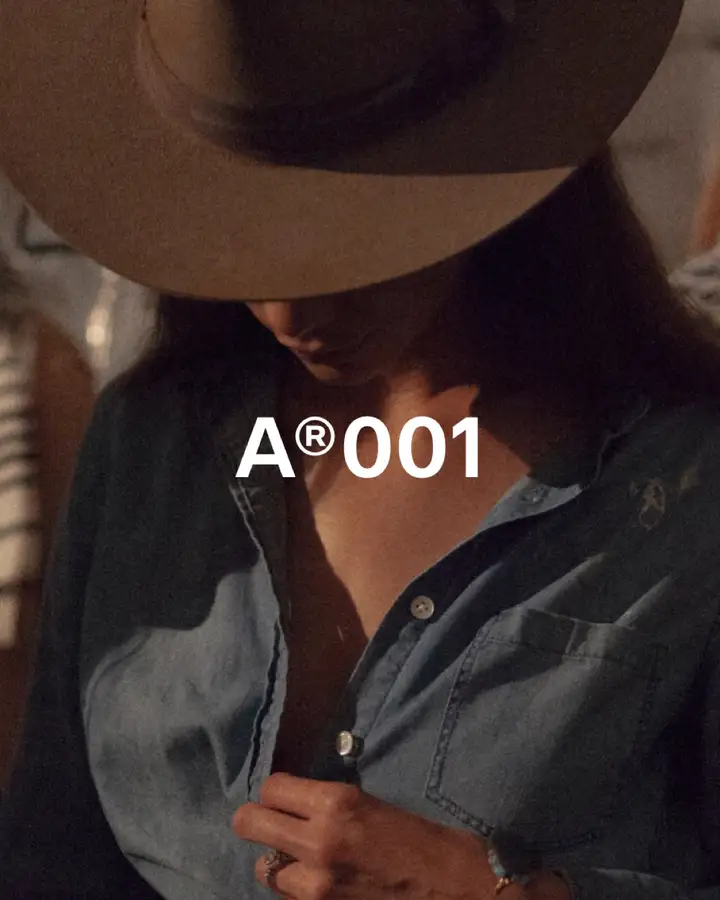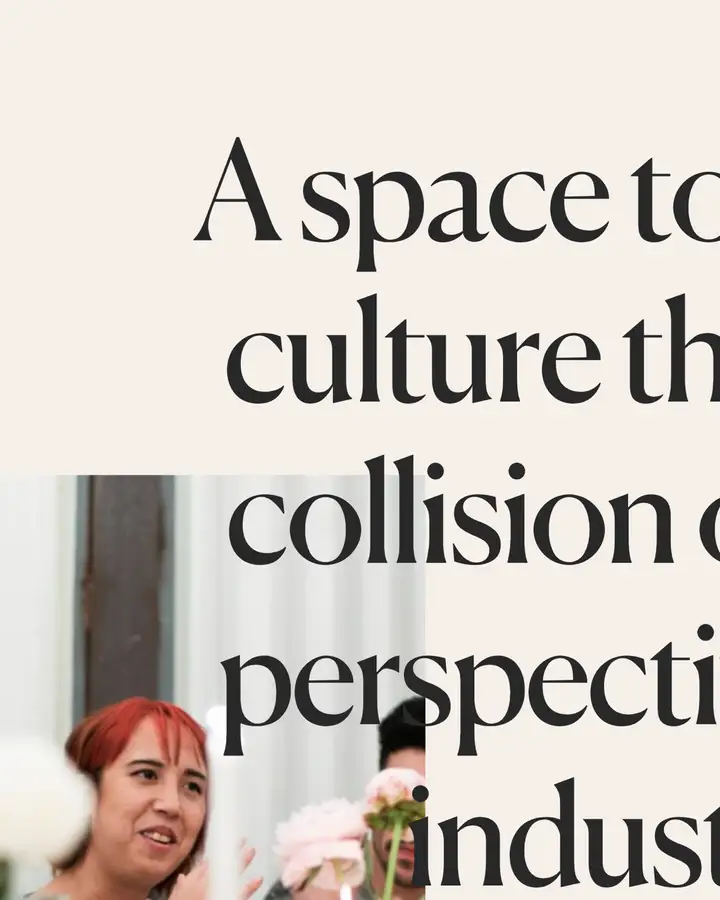DesigningaBetterDigitalExperiencefortheVisuallyImpaired●

How to make eCommerce more accessible to a growing segment of the U.S. population.
Imagine you’re 12 years old and you wake up one morning to realize you’re blind in one eye. Now imagine six weeks later, your other eye loses 98% vision.
This was the painful reality for Paula Katz, who has been legally blind for nearly 50 years. As a child growing up in Long Island, New York, the traumatizing and rare event of overnight blindness immediately led her doctors to find a more serious issue; Katz was diagnosed with a brain tumor. The discovery saved her life but not without the realization that she would never regain her sight.
Now in her 60s, she lives with her sighted partner, Jude, three hours north of New York City. Katz can only see blues and yellows with the 2% of her vision that remains. She has managed to regain some independence with things like voice-activated technology for finding recipes, but she hasn’t used the internet on her own since the late 1990s. Today, one of her favorite gadgets is still the iPod 4.
“I just love its simple interface,” Katz told BASIC® in March 2021. “Technology is such a disparate experience from product to product, software to software. Sometimes it’s nice to just stick with what you know.”
In June 2020, as COVID-19 cases rose, sales from digital platforms jumped nearly 30-percent in the U.S. But if not for Jude to help her shop online, Katz says it would be frustrating to do any kind of online shopping in 2021.
Therein lies the issue: as eCommerce continues to scorch the landscape of in-store retail, what does it mean for the visually impaired?
“The more phenomenal the internet has become for people who can see, the more that people who can’t see end up losing out,” Katz added. “We need to bridge the gap.”
A growing challenge that’s ripe with opportunity.
As the youngest of the baby boomers hit age 65 by 2029, the number of people in the U.S. with some form of blindness is expected to double by 2050 to more than eight million. This is according to projections based on the most recent census data and from studies funded by the National Eye Institute and National Institutes of Health. And brands are already struggling to reach these users online and convert them into paying customers.
As reporter Milagros Costabel writes in Business Insider, there’s a glaring disparity between in-store shopping and eCommerce for the visually impaired.
“When shopping in stores, factors such as the texture of the clothing or custom descriptions by store clerks are often crucial in helping visually-impaired shoppers choose items that not only look but feel good. Online, this experience gets lost and is often replaced by generic product descriptions, unhelpful images, and a user experience that, while pleasing to the average eye, doesn't typically accommodate the assistive technologies used by the visually impaired.”
But things are starting to turn a corner as inclusivity becomes central to a brand’s purpose. To help level the playing field, BASIC has created a short list of best practices to help the ad industry serve a growing segment of the population with more accessible eCommerce opportunities.
“Stick to the Crayola 64.”
When writing alt tags, be clear, not clever. Things like size, texture, and patterns are important, but be as objective as possible. When describing colors, “stick to the Crayola 64,” Katz advises. In other words, for someone like Katz who once had sight, she’s more likely to know what “pink” looks like versus newer and often fleeting descriptions like “desert rose.”
Strive for a level AAA rating.
You can read more about the AAA rating from the Americans with Disabilities Act here, but for example, ensure that “line spacing is at least a space-and-a-half within paragraphs, and paragraph spacing is at least 1.5 times larger than the line spacing.” It’s an example of little things that make a big difference. The AAA rating includes features like sign language interpretation, extended audio descriptions, higher color contrast, no images containing text, keyboard navigation, no re-authentication required and a lower reading level. The problem is, the standards for accessibility can’t keep up with the speed of innovation. The World Wide Web Consortium, an international committee of full-time web developers, created a list of standards for web accessibility in 1999, but it wasn’t until 2009 that it was updated again despite a decade’s worth of technological advancements. Striving for a level AAA-rated website will undoubtedly help to ensure a better online experience for everyone.
Help them call you.
Key findings from a focus group of nearly 50 people of various ages and blindness found that phone support is crucial to complete a purchase.
“They uniformly spoke of the convenience of online shopping. Some used retail websites in tandem with visits to stores to inspect and purchase products. Most surprisingly was their tendency to gather information online and then subsequently place orders by telephone.”
The focus group also found that participants often abandon an online purchase when they’re prompted to enter shipping information because the forms are too small. For a brand to allow a potential customer to get that far into the purchase journey – only to abandon it because of the shortcomings of the user experience – is a frustrating way to lose a sale. Lesson learned: always give the online shopper an easy way to find your phone number.
Eye candy isn’t always candy.
There’s always a curiosity, if not a pressure, to use the latest web technology. The reality is, the flashier or more animated the design, the less time a visually impaired person will spend online with the brand. In other words, eye candy for people with vision is literally a headache for those without it. As this TED Talkfrom Michael Nesmith points out, brands and agencies should strive for universal design – that is, a design system that can be understood by everyone without modifications for certain populations. “When you achieve universal design, it snowballs to the point where even if you don’t share the same disability, everyone benefits from it,” says Nesmith, a deaf and native American Sign Language speaker working as a creative designer. “Disability drives innovation.”
Screen readers have limitations, too.
Screen readers are great but only for certain things. They fall short when reading out charts or comparison tables between two or more products. Consider writing alt tags that summarize the pros and cons of each product, rather than only using a table. In the case of a chart, summarize the trend in the alt tag.
A picture is worth 1,000 words. But sound can be priceless.
This won’t apply to every brand, but it’s important to leverage 3D audio when product performance is partially judged by sound — like a car’s engine. Ever watched an ASMR video on YouTube? Now imagine if BMW used that kind of audio experience to sell vehicles online. While we’re not at the point of scratch-and-sniff banner ads, brands can add a powerful new dimension that deepens a customer’s immersion simply by tickling the senses with more than just visual elements. Telling first-time visitors that a site is best experienced with headphones can make a big difference in leading to a sale. For brands selling voice-activated products, like Google’s Nest Audio, including a video can bring sound queues to life so you know what to expect when interacting with the AI. This video is featured on Google’s Nest Audio PDP; it highlights the product’s features through such queues and voice commands. It’s a subtle but great example of how the visually impared can be reached when text and images fall short.
Hire a blind person to QA.
Whether a website is accessible to the blind shouldn’t be determined by someone with eyesight. It will feel like a bunch of guesswork. GreatCall is a company that provides cell phones, medical alert systems, and mobile medical alerts to senior citizens and their caregivers. Their website, and the user experience for shopping their devices, was developed with support from BASIC. As their agency, our goal was to help take away the shame of feeling like a product isn't made for you. In order to understand what it’s like to use devices from a senior’s point of view, GreatCall provided BASIC with VR goggles that simulate color blindness or glaucoma. It made all the difference when developing more empathetic design and experiences for the end user.
Conduct sensitivity training.
Just like racial and gender bias training, agencies should consider offering accessibility training. It will help creatives concept and launch better experiences for people with impairments. We can’t expect innovation without being aware of the need for it.
Wrapping up
As Wired pointed out in 2019, “an accessibility report analyzing the top million homepages on the web estimates that just 1% meet the most widely used accessibility standards.”
By making online shopping more accessible to the visually impaired, we can glean insights from a trove of new data about a relatively unknown demographic of online shoppers. The goal is to serve them in more personally meaningful ways. The question is how to do it without interrupting the design.
BEHIND THE BASIC BYLINE: MARC WEINREICH
- I’m a Senior Copywriter at BASIC. Part of my job is to help The Google Store create a more accessible shopping experience for the visually impaired.
- I became interested in bringing awareness to the inequities that people with impairments face when I attended a wheelchair basketball tournament in the Bronx. At the time, I was getting my Master’s in Journalism and I became so inspired by the adaptive athletes, that I decided to write my thesis about them. Specifically, I reported on the socioeconomic disparities of adaptive sports in the U.S. versus overseas.
- I came up with the idea for this article during my new employee training at BASIC. I was learning about best practices when writing alt tags for the Google Store and had never thought about the disparate experience for people with an impairment. It’s my hope that this article will help brands and agencies work together to level the playing field.






